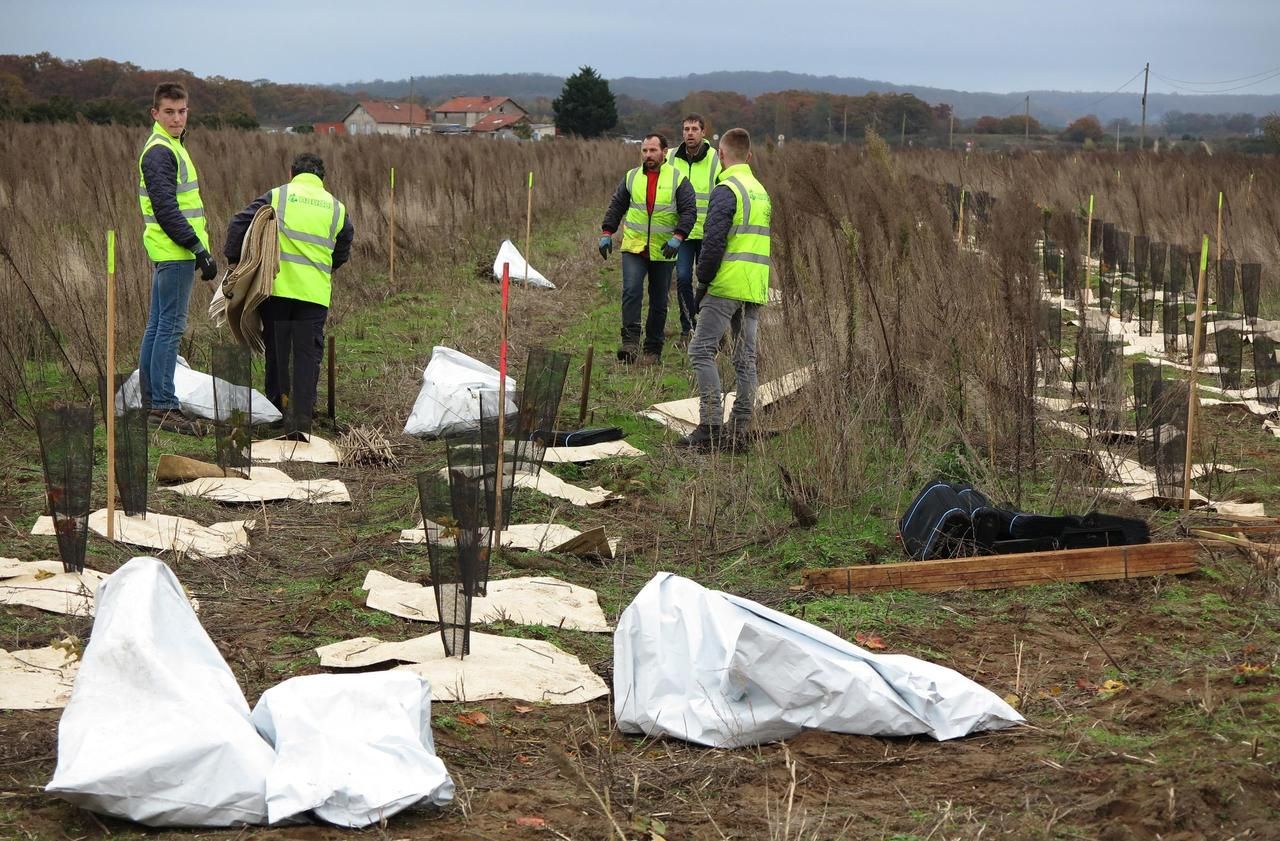25 km north-west of Paris, a larger forest creation initiative is about to materialize on the immense Pierrelaye-Bessancourt plain. A project declared of public utility in February 2019.
But it will be necessary to wait between thirty and fifty years before being able to walk in this new “green lung” of 1,350 hectares which will eventually link the forests of Saint-Germain-en-Laye (Yvelines) and Montmorency (Val -d’Oise).
If the combined effects of the heat wave and the drought have raised fears of the worst on the survival of young trees this summer, the first plantings made a year ago in Méry-sur-Oise and Herblay-sur-Seine have survived well. New ones are planned this year in Frépillon and Saint-Ouen-l’Aumône. Around one million trees will be planted in the seven municipalities concerned by this project.
A historic project in its scope
Unheard of for over four hundred years in France. The last such daring policy dates back to the 17th century, under the reign of Louis XIV. Colbert’s mission was then to develop forests and thus ensure the construction of French ships.
As early as 1994, the master plan for the Ile-de-France region (SDRIF) had defined as “landscaped green space to protect” the old agricultural plain of 2000 hectares. Soiled with heavy metals by the spraying of the City of Paris until 1992, it continues to suffer today from illegal deposits, illegal occupations and illicit constructions.
The thorny issue of funding
Many obstacles have indeed stood in the way of this forest management project, long considered an ecological utopia because of its administrative complexity and the thorny issue of funding. The latter, valued at 84.5 million euros (M €) in total, including 50 M € from the Syndicat intercommunal pour leaning of the Paris agglomeration (Siaap), responsible for the pollution of the plain, includes the amount of financial acquisitions (45 M €), that of works (37 M €) and the costs of procedures and contingencies (2.5 M €).
Labeled Grand Paris in 2012, the forest will finally see the light of day thanks to the requalification of 370 hectares of existing afforestation and the planting of 600 additional hectares.
–


